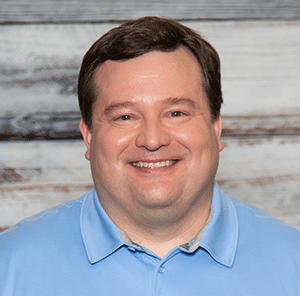CCS sees AI tool as next step in diabetes care evolution

By Theresa Flaherty, Managing Editor
Updated 10:52 AM CDT, Fri June 21, 2024
 DALLAS – The volume of data being collected from diabetes patients presents an opportunity to use artificial intelligence to better understand which patients are at risk for non-adherence to therapy, says Richard Mackey, chief technology officer at CCS, which recently launched PropheSee, an AI-powered predictive model for CGM users.
DALLAS – The volume of data being collected from diabetes patients presents an opportunity to use artificial intelligence to better understand which patients are at risk for non-adherence to therapy, says Richard Mackey, chief technology officer at CCS, which recently launched PropheSee, an AI-powered predictive model for CGM users.
“We want to deliver insights that help them anticipate whatever needs they might have (and identify) situations where some additional support or information insight may help them overcome the issue or maintain therapy,” he said. “Having a patient maintain and be adherent to their prescribed therapy is in the best interest of the patient, and then of course, is in line with provider and payer outcomes.”
HME News: With the growth in CGMs empowering more patients to take control over managing their own health, are AI-enabled technologies like PropheSee the natural next step in diabetes management?
Richard Mackey: Absolutely. It’s not a small decision to begin CGM therapy, but it’s an important one, and it’s very valuable (in terms of) outcomes. We believe this is a form of an adjunctive or complementary service; It’s not in-depth coaching or counseling, but it is an important example of where the kind of choices patients are making can be supported with other services.
HME: How does data translate into getting that patient adherent?
Mackey: We use the outputs of the model to understand risk and then, based on that risk, we can (shift) patients into different groupings (based, for example), on social determinants of health, or for other kinds of activity that they've done with us, we'll understand whether these patients are likely to lean into technology, to help manage their health. Are they people that tend to seek out additional information to help them manage it themselves? Other folks might tend to lean on peer groups more often as resources or sources of information.
HME: So, it helps you meet the patient where they are?
Mackey: Exactly. The truth is, we have a lot of resources available on different sites or we talk about it in different interactions, but if it’s put in the right context, we’ve found that we’ve increased adherence rates, some by as much as 50% or greater from our baseline.
HME: Is this model something that you’ve found payers are interested in?
Mackey: It’s valuable for them, because they’ve made an investment, along with the patients themselves, to start this therapy and there’s value to both to maintain the therapy. What payers were telling us was, “Don’t just tell us there’s a fire, but go ahead and help us put that fire out.”
Comments